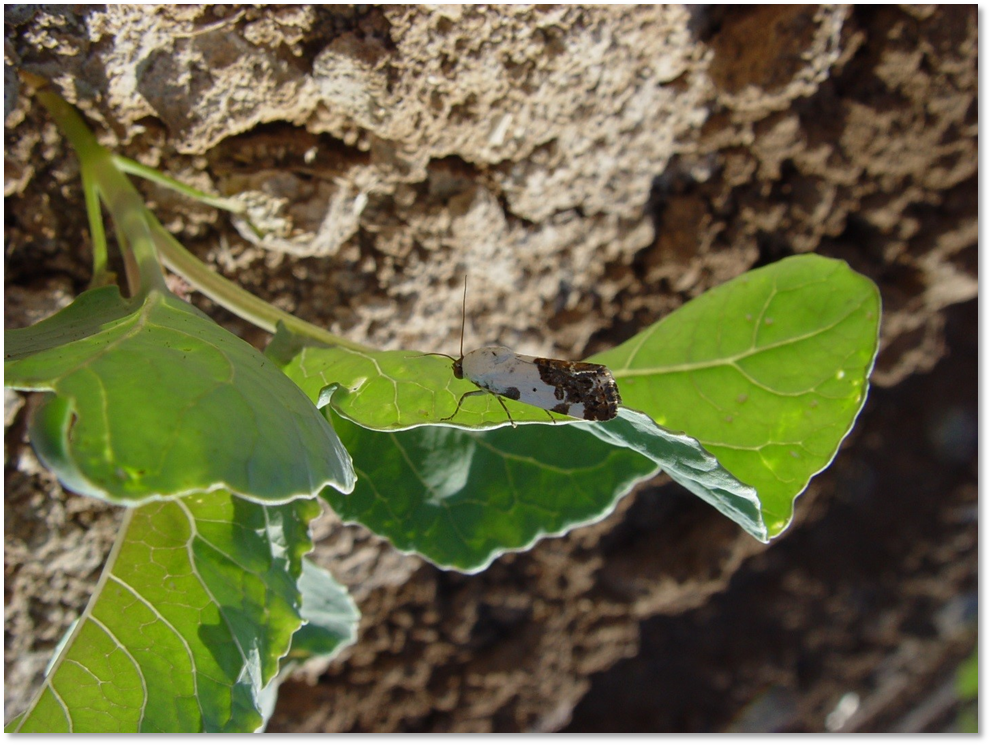
|
|
|
|

|
|||
|
|
|||
Our annual Lettuce Crop Losses Workshop was held in April and the results of the surveys continue to show interesting trends in insecticide usage on desert head lettuce. In general, the most commonly used insecticides in fall and spring lettuce correspond directly to the key pests that typically occur during these growing periods. Overall, the pyrethroids, applied as foliar sprays and sprinkler chemigations, were the most commonly used insecticide class. No surprise there. Over the past 12 years, pyrethroid usage has remained consistently high. Although the overall use of OP/carbamates continues to decline, Lannate (methomyl) usage was up on spring lettuce this season due to heavy thrips pressure. Along with acephate, these older compounds remain important rotational alternatives for Radiant. The spinosyns remain the second most commonly used class of insecticides, where greater than 95% of the lettuce acreage was treated with Radiant or Success in 2015-16. Their use against both lepidopterous larvae and thrips has remained steady over the past 12 years, averaging over 2 sprays per treated acre. Foliar uses of the Diamides (Coragen, Voliam Xpress, Vetica, Belt) were the third most commonly chemistry used in fall lettuce. Since they were first registered in 2008, PCAs have steadily incorporated this new chemical class into their Lepidopterous larvae management programs. The use of Belt increased significantly this season, whereas foliar uses of Coragen declined. Exirel and Verimark usage was reported for the first time in the fall 2015 on about 5% of the acreage. Use of the tetramic acid chemistry (Movento) on fall lettuce declined in 2015, but increased on spring lettuce (Figure 4) where it is an important tool for aphid management. The usage of imidacloprid on both fall and spring lettuce has increased markedly since 2009 and was used on about 80% of the fall and spring acreage. Foliar neonicotinoid usage decreased last season, whereas Sivanto (butenolide) usage increased slightly. Sequoia (sulfoxamine) usage was down in spring 2016 due to the recent cancellation of the label. Torac usage for thrips management was up significantly the season. Although the broad spectrum, consumer–friendly pyrethroids were by far the predominant chemistry applied to lettuce, for the sixth season in a row, PCAs treated a greater percentage of their acreage with selective, reduced-risk products than with the broadly toxic, OP and Carbamate chemistries. To view a summary of the estimated insecticide usage by chemical class, as well as the 15 most commonly used insecticides on lettuce this past growing season, go to Insecticide Usage on Desert Lettuce, 2015-16. |
|||
| Back | |||
|
For questions or comments on any of the topics please contact Marco Pena at the Yuma Agricultural Center.
|
|||
|
Home |
Cotton | Veggies |
Forages | Grains
| Citrus |
Crop x Crop Insects | Diseases| Weeds | Pesticides | Economics | News | Weather | Research | Photos | Contacts | General Info. Copyright © 2001 University of Arizona, College of Agriculture and Life Sciences Webmaster: Al Fournier (acis@ag.arizona.edu) |
|||


